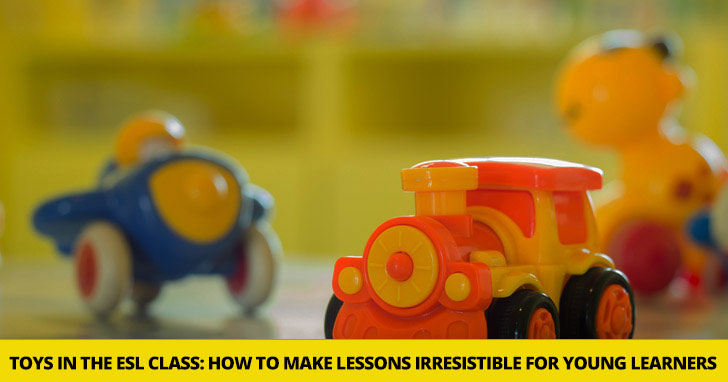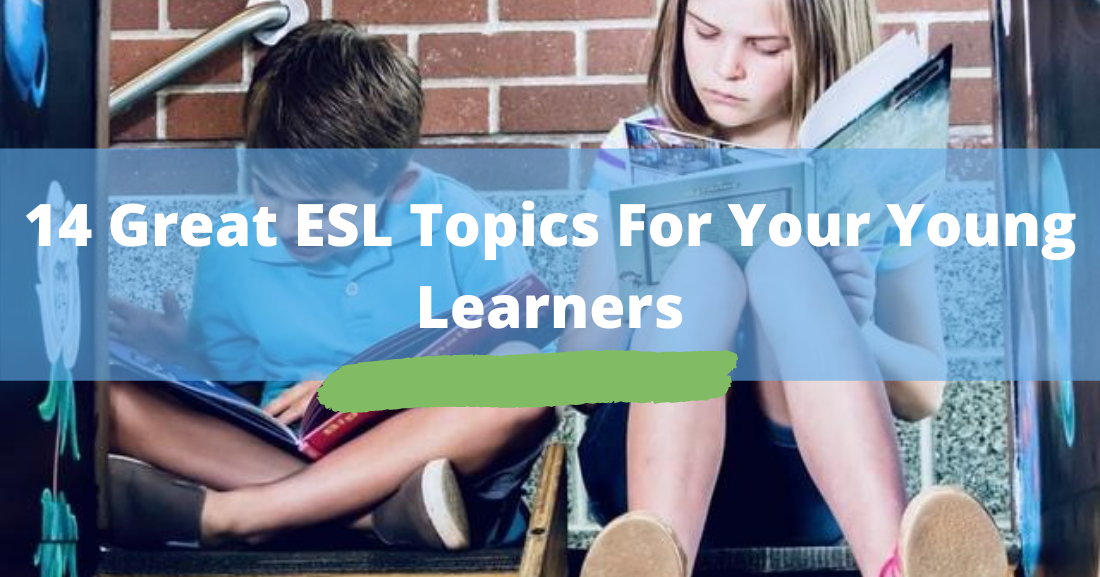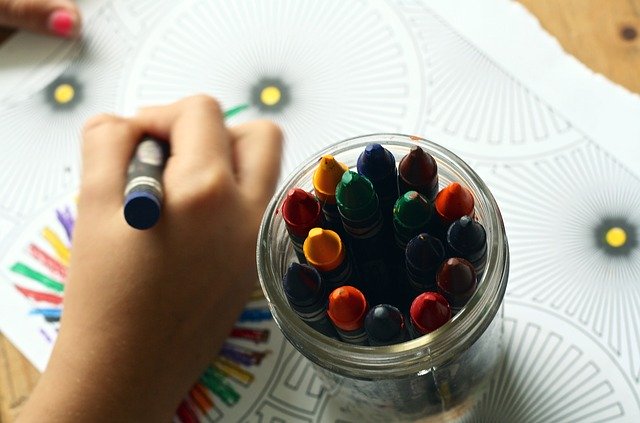Toys in the ESL Class: How to Make Your Lessons Irresistible for Young Learners



Though there are many challenges when teaching kids, the work is incredibly gratifying. Learning comes so naturally to them that sometimes it requires little or no effort at all on your behalf. In fact, many teachers agree that all their effort is mainly placed on organizing the kids and keeping them motivated and engaged. This is exactly why choosing the right games, activities and material is crucial. There are many resources available that provide amazing information about children and what they can do at specific ages. Though this is not an exact science, researching what kids are interested in at certain ages is definitely worth it. So where do you start? The answer is simple, choosing great and relevant topics kids will be interested in. Why, you might ask? Using relevant topics provides purposeful, meaningful, and authentic opportunities for young learners to engage with content.
Let's take a look at 14 amazing topics you can use with your young learners.

When teaching young children it is essential to start with topics that are familiar or closest to them. First, they should always start with themselves. This a great opportunity for them to learn how to introduce themselves and to ask others their names. They also practice describing a family. If kids are a bit older and are able to do so, ask them to describe their family. Some teachers take the opportunity to introduce common house pets too, since for many they are in fact part of the family.
After their family, the next closest thing to them is their home. Here they practice talking about where they live, for instance, in a house or apartment. As an excellent subtopic here, you might also want to practice the rooms of a house. Depending on their age you can add some furniture and introduce another subtopic.
Colors in general are very appealing to kids. The more colorful, the better. When practicing descriptions, colors are one of the things kids learn first as it helps develop visual perception. Reading illustrated books helps in teaching colors, especially with younger learners.

Young children are very good at making observations and noticing differences. In addition to colors learning shapes and sizes is great for describing and comparing.
Since children spend many hours at school and /or other educational institutions, it is very important to cover classroom objects. They can first learn to identify them and then, sort, and classify objects by color, size, and shape. This is a great way to start integrating knowledge.
Learning numbers is crucial for young children. Kids at this age are typically learning to count and slightly older kids are starting to add and subtract. Young ESL learners at this age can learn to recognize, write, order, and count objects up to the number 30. Number sense is an important skill that students need to learn. It affects mathematical fluency and helps learners understand the meaning of numbers and how this develops their mental performance.
This is a very important topic to include in ESL lessons for young learners because by learning how to describe feelings they can express how they feel and understand how others feel in different situations in the classroom. This can also help when you need to deal with behavior issues.
This topic is an amazing way to introduce verbs. Typically with the present progressive or present simple. Use different flashcards that illustrate someone doing an action. An easy way is to associate events that take place during the day with verbs. It might also come in handy to teach words like morning, afternoon and evening, depending on their age.
Children need to know the days of the week to talk about regular events or activities that take place in their lives and at school. Using a calendar is always useful since it provides a great concrete visual aid for this type of learner.
Since they often start dressing themselves at this age, children are naturally curious to know how to talk about their clothes. Also, having already practiced colors, they can describe what they are wearing. The topic can include discussing suitable clothing for certain occasions.
This is a wonderful topic to practice after learning clothes. They can associate what clothes they wear in each season and type of weather. You can add holidays and festivities to this topic as well, to make it more fun. Keep in mind that if you have a multicultural class, you can ask students to tell you about the festivities they celebrate at home with their families and how.

Food is an all-time classic topic for children and adults as well. Also, one that is a lot of fun since after practicing vocabulary related to food they can do fun activities like put together a recipe or even prepare some type of food.
Children, little boys in particular, are naturally very interested in transportation.
Learning to describe what you can find in a city is very important for children and something they they can easily relate to since many accompany their parents to different places and shops on a daily basis.
A great subtopic is giving directions to places in their city. Students can take turns asking and giving directions to places around them. For example: “Where is the park?” “Where do you live?” “Is there a place to buy hamburgers nearby?” “How do I get to the famous bridge on the river?”
As an activity you can show maps of your area or pictures of locations where students can describe or discuss the locations of the places on the map. Students can then answer question, such as “Where is the hospital?” or “What happens at City Hall?” “What can you see at the museum?”
Remember, each topic will include objectives like vocabulary, structures and expressions. By using topics to teach, you are creating a framework to make input more comprehensible and easier to retain.